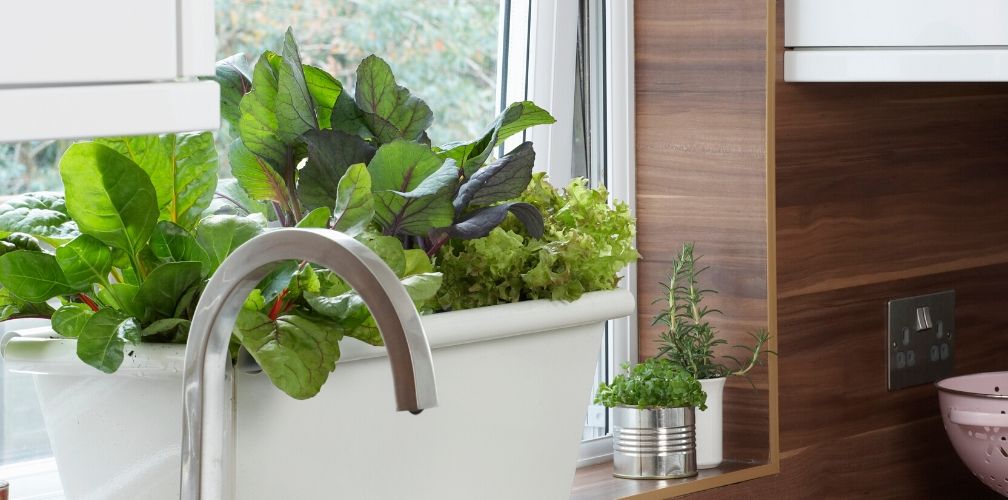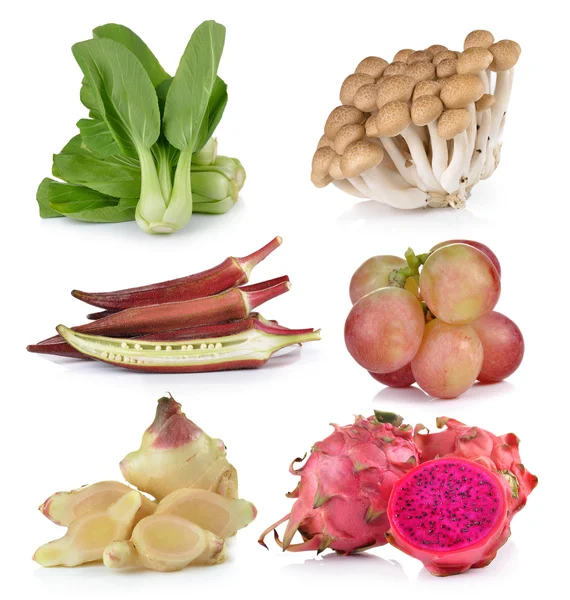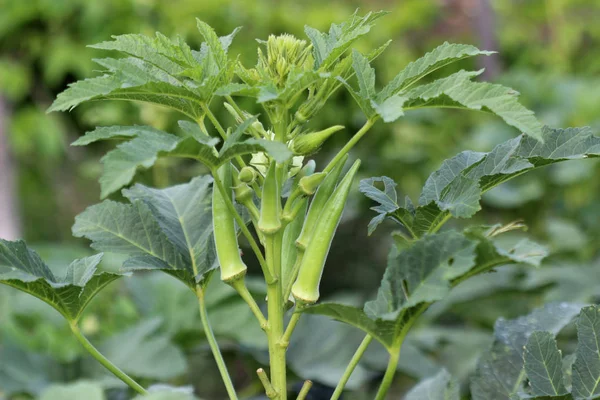Are you searching for the secrets of running a thriving kitchen garden? Your dream of that lush garden brimming with vibrant vegetables, fragrant herbs, and juicy fruits is a true dream for millions of urban farmers like you. You can do it on a sprawling backyard, balcony or just a sunny windowsill. Honestly, to enjoy such success, you will require some investments in cash, time and farm structures.
In this post, learn the entire process of how to start and run a successful kitchen garden from farm to fork. You’ll explore the secrets of setting goals, analysing your resources and budgeting. Besides, learn about profit analysis, and crop and animal selection. planting schedules as well as rules and regulations governing urban farming among other factors.
Related; Best solutions to challenges in urban farming
Set Clear Goals and Objectives
Start by defining the main reason why you want to invest in urban farming. Are you growing plants or rearing animals for self-consumption, sale or recreation? Your urban farming goals can either be subsistence to produce food, commercial for profits or a hobby.
Your farming goals will determine all other operational decisions including the level of investments, Labour requirements, scale and method of production.
Profitable farming is costly in making intensive production systems such as zero grazing or a greenhouse. Subsistence farming for food on the other hand fewer employees, is usually organic without the use of agrochemicals and is small-scale in terms of production.
Analyse your Available Resources
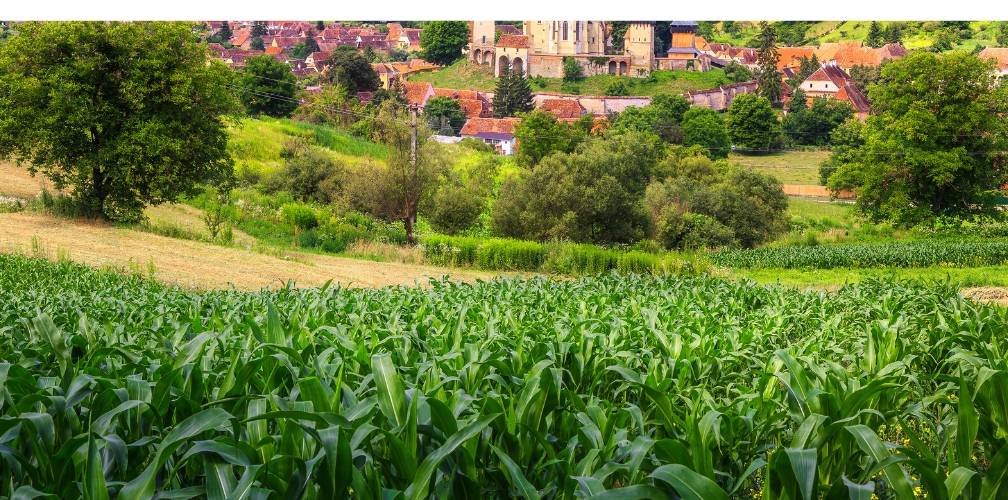
As an aspiring urban farmer, make an account of all the resources you own and control for you to succeed in your kitchen garden. This can be land, labour or capital. Where it is not viable to own an item like a water pump, you can borrow or lease it from other farmers in your region cheaply. In your resource analysis, consider the following items.
Land
Assess the available space in your kitchen garden and determine what you can realistically grow. Where you do not own some land, consider leasing some from the public, community or other private owners. If space is limited, explore container gardening options for growing vegetables and herbs.
Labour
Weigh on availability and cost of hiring workers to work on your farm. As a subsistence urban farmer, you can get free labour from family members. Intensive commercial farmers can to hire permanent and casual farm workers.
Capital
These are the assets tools, equipment and structures on your urban farm for efficient and optimal production. Where you cannot afford some, you can approach a bank or other lenders for start-up and expansion capital. This may require a good business plan. see step 6 for details.
Technology
There are newer trends in urban farming every year. Given urban farming challenges such as limited farming space and water supply, people are investing in cheaper technologies such as hydroponics and drip irrigation that you can consider. Assess how applicable and affordable these can be.
Input Suppliers
Profitable urban farming is dependent on the application of quality farm inputs. Assess the available stockists in your area that are selling quality fertilizers, certified seeds, pesticides and herbicides that are organic or eco-friendly. If none is available, invest in composting to reduce waste on your farm.
Service Providers
Look into the availability of extension service providers and veterinary staff to assist with technical advice. Make sure there are abundant supplies of utilities such as electricity and water transport and farming loans for your farm.
Seek Education and Research
Looking to run a successful urban farm easily? The success of an urban farm is highly dependent on the owner’s or manager’s knowledge, skills and experiences in crop production and animal husbandry.
You can continuously educate yourself about gardening techniques, best practices, and local gardening resources through your own research. Do not consider yourself as experienced from exposure while growing up in rural agricultural production areas. An education certification after training is a great resource.
A smart urban farmer can get free quality farming resources on the internet and attend workshops, training, seminars, shows and exhibits to learn about emerging trends in urban farming.
Select your Crops and Make a Planting Schedule
The performance of crops and animals on your farm depends on many factors such as soil, climate and altitude. Among other things, these factors will have an effect on the production period, cost of production and the pests and diseases prevalent in your area. To select the best ones for the most yields and income here is a simplified process.
- Determine your zone. Kenya has 6 agro-ecological zones (AEZs) namely agro-alpine, High potential, medium potential, semi-arid, Arid and very arid. These will give you the weather patterns of your farm, landform, soil quality and elevation of your area in masl.
- Crop and Animal Selection. Select the best types of crops and animals that will do best in your AEZ. It can be highland or lowland crops. For further analysis, compare various varieties using their yield potential or growing periods.
- Draw a crop calendar. Make an animal or crop calendar of your farm operations from land preparation to harvest. specify your garden’s maintenance tasks like pest control, weeding, pruning, and harvesting.
Comply with Rules, Laws and Regulations
If you want to run a sustainable urban farm, make sure you are complying with formal and informal agriculture laws and regulations. These can be from the national or local government. Others can be from your estate or residents association. Examples of such rules are land zoning, taxation, environment, business registration and health.
If you consider venturing into value addition and food distribution, secure the relevant food safety and health certificates. You also need a licence to be an accredited food supplier who handles traceable and safe foods.
Budgeting and Business Planning
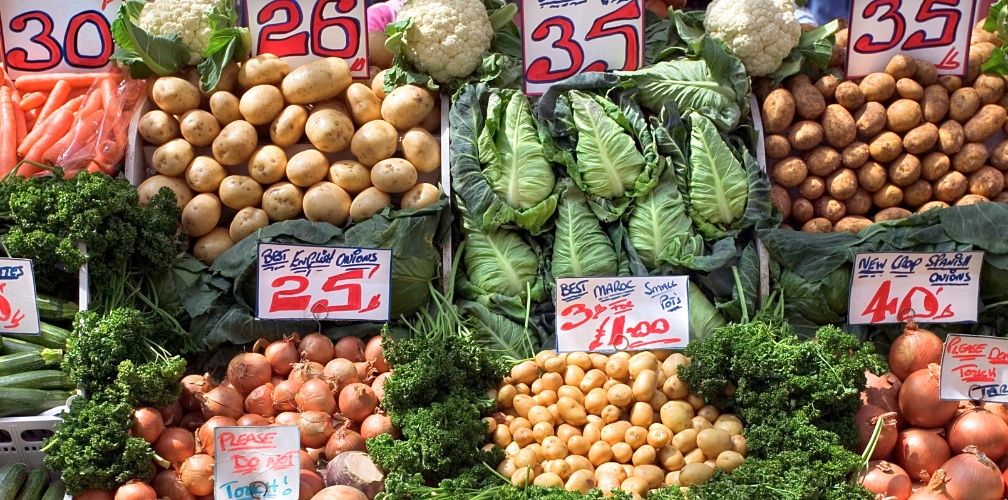
This step is a MUST for both the subsistence and commercial urban farmers. It will help you assess how affordable and viable your kitchen garden will be.
To do it, first, make a detailed business plan for your selected crop or livestock. identify how you will grow, process and market the products. The second step is to estimate the total costs you will incur to grow and sell your vegetables or fruits. For this, use the cost and benefits analysis(CBA) method.
Your costs can be fixed or variable. The common costs incurred in urban farming include:
- Leasing or procuring land, removal of barriers and land preparation.
- Setting up farm structures such as greenhouses, animal sheds, farm stores etc.
- Securing supplies such as seeds, seedlings, fertilizers, animal feed, tools etc.
- Utility costs such as water and electricity.
- Labour costs in salaries and wages.
Choose to grow the crops or livestock with the highest market value
Determine Nutritional Content and Health benefits
Urban farming is costly, besides, you will face many challenges such as limited space and inadequate water supply. For success, you are to consider the livestock’s nutritional content and health benefits.
Nutritional benefits are compared using the amounts of the following items
- Calories Content
- Carbohydrates
- Protein
- Fats,
- Vitamins
- Minerals such as zinc, iron and magnesium
In terms of health benefits, you can grow medicinal herbs and spices such as rosemary, chives and basil. These have many benefits such as as being anti-inflammatory, analgesic or anti-oxidant. You can grow these for treating common ailments at home such as the common cold. Others will contribute to overall well-being and can save you from diabetes, cancer and other chronic diseases.
Finally, remember that modern consumers prefer white meat from chickens and rabbits to red meat from pigs and goats. similarly, organically grown vegetables have a higher demand and are sold at a premium price than conventional-grown vegetables.
Manage Social and Environmental Goals
Sustainability is a goal for any organisation. one way you can win on this is to develop and implement a health hazard mitigation strategy. One easy model you can use is the ESG, which stands for Environmental, Social, and Governance.
The “E” focuses on sustainable environmental practices, encompassing choices such as organic gardening, rainwater harvesting, and native plant cultivation to minimize the garden’s carbon footprint and promote biodiversity.
Concurrently, the “S” dimension emphasizes community well-being, fostering inclusivity, and education. It entails creating a space that welcomes diverse members of the community, prioritizing accessibility, organizing educational workshops on gardening and sustainability, and providing a platform for social interaction and cohesion.
Keep your products Safe and Secure
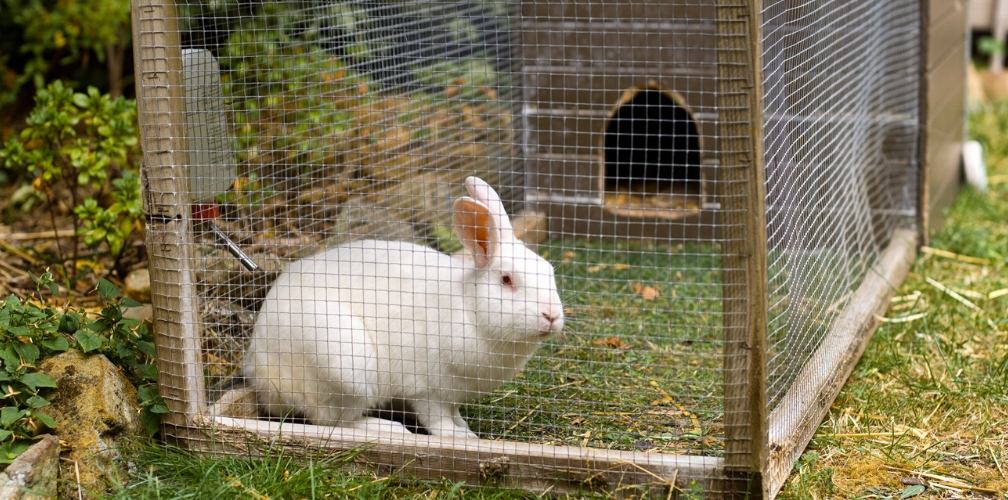
Theft and damage of your crops and livestock is one of the highest risks of urban farming. The high-value products such as maize, bananas, rabbits and chicken are the most targeted.
Given the rising levels of urban unemployment, poverty and rising food prices contribute to this menace. The risk is high where farms are not well-fenced or small livestock are not well-housed. Below are some ways you can reduce stealing and destruction of your crops or livestock
- Hiring guards
- Employing farm managers,
- Early harvesting of crops immediately after they mature
- Proper fencing of farms.
- Build lockable houses for your rabbits and chickens.
- Invest in security and surveillance technology such as CCTV.
- Unpredictable farm scouting can also avert theft.
- Avoid farming in areas with high incidences of unrest and feuds.
Conclusion
Urban Farming is a business. It should be run economically by focussing on cutting costs and increasing benefits. To run a successful farm, conduct a viability analysis to determine your fitness to run an urban farm. This post has further given you more tips for success. These are resource analysis, budgeting and crop selection amongst others. Agcenture notes farming is a dynamic field and hence existing and aspiring farmers should continually monitor developments and adapt or adapt accordingly to farm more profitably.
